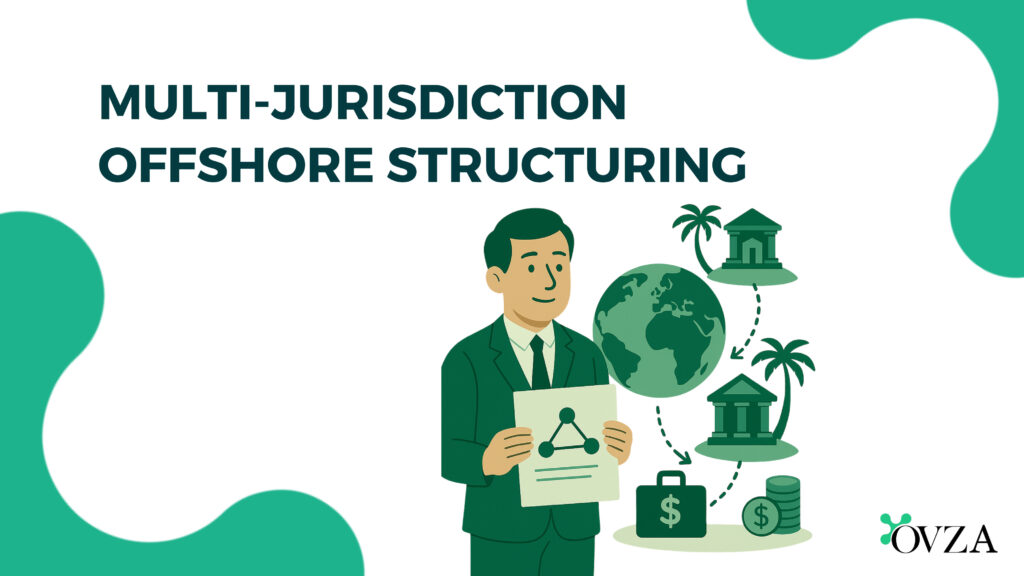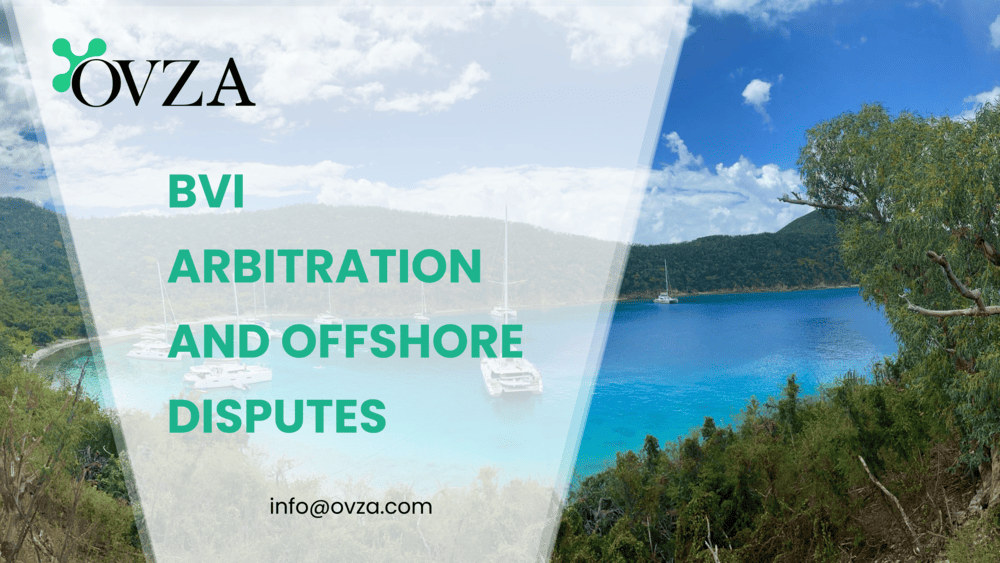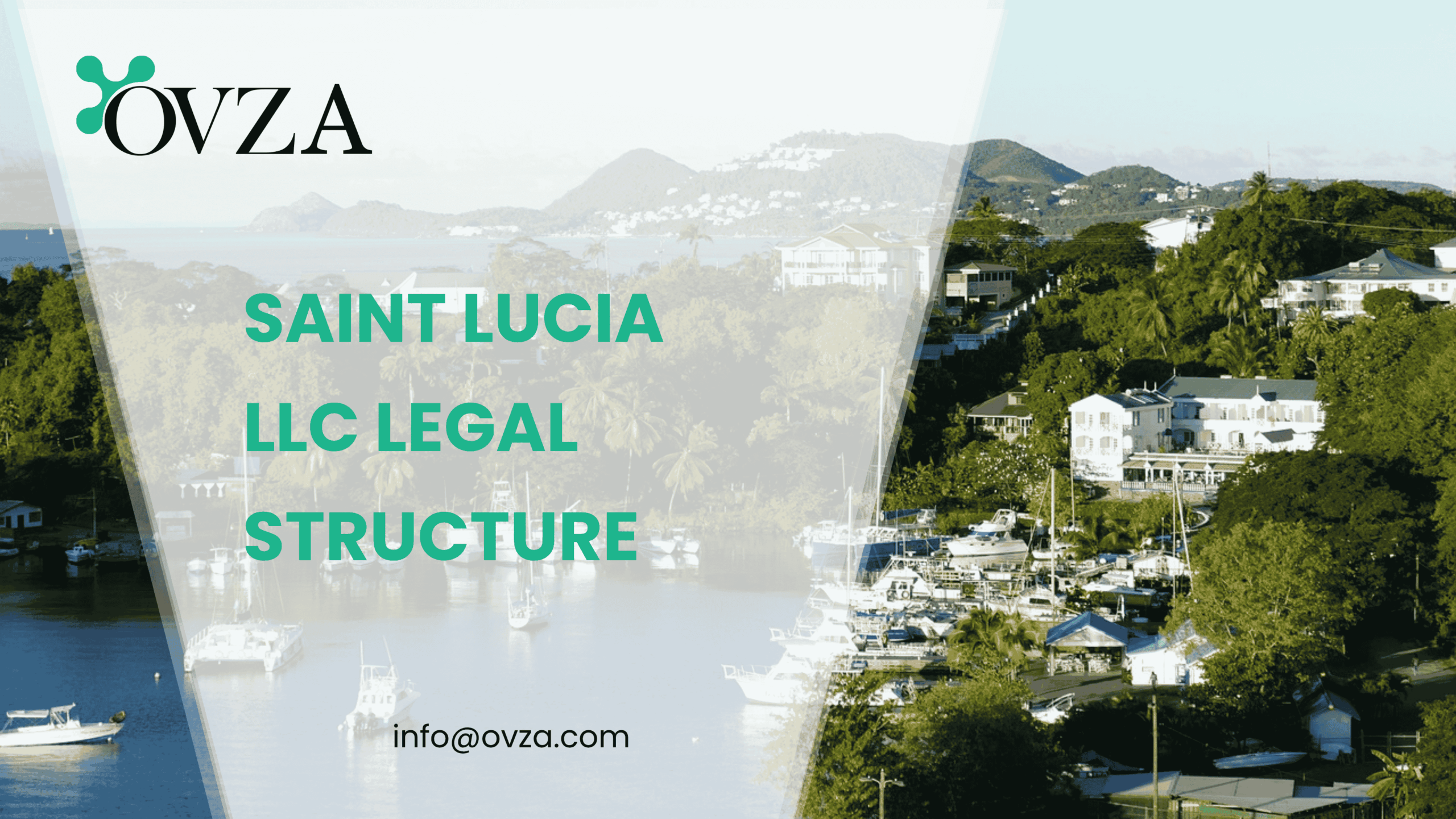Multi-jurisdiction offshore structuring enables legal asset planning but requires compliance with tax, reporting, and substance laws.
Multi-jurisdiction offshore structuring refers to the use of corporate entities, trusts, and financial relationships across more than one offshore jurisdiction for purposes of asset protection, tax planning, investment diversification, and regulatory arbitrage. This structuring technique is governed by principles of private international law, the internal laws of each involved jurisdiction, and overlapping compliance frameworks such as the OECD’s Common Reporting Standard (CRS) and the FATF Recommendations.
Legal Framework and Strategic Considerations
The legal viability of multi-jurisdiction offshore structuring depends primarily on the recognition of separate legal personality, corporate capacity, and enforceability of cross-border ownership interests. In practice, this often involves layering structures — for instance, a holding company in the British Virgin Islands owning subsidiaries in the Seychelles or Nevis, with intellectual property rights vested in a Cayman Islands entity. Such configurations are lawful when executed in accordance with applicable company law statutes, such as the BVI Business Companies Act or the Seychelles IBC Act, and when accompanied by transparent reporting of beneficial ownership.
One of the defining features of multi-jurisdiction offshore structuring is its capacity to separate asset ownership from control, and control from taxation. By isolating business functions in different jurisdictions—such as management in one country, asset ownership in another, and banking in a third—corporate planners may leverage divergent legal and tax regimes. The separation must, however, be supported by demonstrable substance in each jurisdiction if the structure is to withstand scrutiny from tax authorities and financial institutions. Under the OECD’s Base Erosion and Profit Shifting (BEPS) measures, substance requirements are increasingly a focal point for compliance reviews.
Legal planning in this context must be coordinated with each jurisdiction’s rules on company formation, financial reporting, and UBO (Ultimate Beneficial Owner) disclosure. For example, an offshore holding company in St. Lucia with subsidiaries in other jurisdictions may benefit from the absence of capital gains tax, but must still comply with corporate filing requirements and maintain legal records as mandated by local authorities.
Importantly, multi-jurisdiction offshore structuring also introduces conflict-of-laws issues. Disputes over control, governance, or ownership of shares may involve multiple legal systems, each asserting a different choice-of-law rule. For instance, a dispute involving a Nevis trust holding shares in a BVI company managed through a UAE agent may require concurrent proceedings or recognition of foreign judgments. This complexity necessitates that all inter-company agreements contain well-drafted jurisdiction and governing law clauses, and that proper legal advice is obtained during the setup and operation of such a structure.
Regulatory Implications and Compliance Coordination
The legal architecture of multi-jurisdiction offshore structuring must be harmonized with the compliance expectations of all relevant financial and legal systems. A key element is managing divergent reporting regimes, particularly in jurisdictions that participate in automatic information exchange. The OECD CRS mandates financial institutions to collect and report information on account holders who are tax residents in participating jurisdictions. This reporting obligation applies even when entities are held through layered offshore structures, as long as a controlling person is reportable under the rules.
Banks and EMIs involved in multi-jurisdictional banking arrangements increasingly require declarations of structure, proof of source of funds, and confirmation of tax residency. When multi-jurisdiction offshore structuring is used for trading, holding IP, or investment funds, each institution involved in the financial chain may request supporting documents, such as legal opinions, apostilled corporate documents, and tax compliance certificates. OVZA’s guidance on offshore banking compliance outlines the heightened scrutiny faced by entities operating across borders.
Another critical consideration is economic substance. Many jurisdictions, such as the Cayman Islands, BVI, and Bermuda, have enacted substance laws requiring entities to demonstrate actual economic activity if they engage in specified sectors, such as finance, shipping, holding activities, or intellectual property exploitation. In a multi-jurisdiction offshore structuring context, substance compliance must be maintained separately in each jurisdiction that houses an entity performing a relevant activity. Failure to comply can lead to enforcement actions, financial penalties, and loss of good standing. See for example the Cayman Islands’ Economic Substance Guidance which details requirements for directed and managed entities.
It is increasingly common for tax authorities to challenge offshore arrangements that lack commercial purpose or are primarily tax-driven. Anti-avoidance doctrines such as the “principal purpose test” (PPT) in double taxation treaties, or the “controlled foreign company” (CFC) rules, may override the formal benefits of offshore structures unless business purpose and economic rationale are demonstrated. The interplay between the formal validity of the structure and its substance must be addressed at the planning stage. Legal opinions and documentation trails that show commercial justification—such as diversification, risk isolation, or investor neutrality—can support the credibility of the structure if challenged.
Moreover, multi-jurisdiction offshore structuring often involves tax residency claims and treaty planning. Conflicts may arise when more than one country asserts taxing rights based on management and control, incorporation, or place of effective management. Tax treaties may offer relief, but only if the structure is not seen as abusive. Tax residency certificates, management resolutions, and documented board meetings are essential to proving where control is exercised. Without such documentation, authorities may “look through” the structure and assert local taxing rights under domestic anti-abuse laws or information received through treaty exchange.
Technology also plays a role in the implementation of such structures. Secure digital corporate record-keeping, remote board meetings, and cloud-based compliance systems are increasingly used to manage geographically dispersed offshore entities. This ensures continuity, data integrity, and auditability—key features when regulators or banks request proof of legal and operational control. However, digital solutions must comply with local data privacy regulations such as the EU General Data Protection Regulation (GDPR) when applicable.
Strategic Use and Legal Risk Management
The legal design of multi-jurisdiction offshore structuring must always reconcile corporate flexibility with regulatory durability. While these structures are frequently employed to enhance capital mobility, isolate legal risks, or align with diverse investor needs, the legal framework underpinning each entity must stand on its own and simultaneously support the coherence of the larger structure. This requires uniformity in governance, accuracy in documentation, and compliance with overlapping disclosure obligations.
Complex structuring often arises in investment funds, international joint ventures, and cross-border licensing models, where separate entities in the BVI, Seychelles, and Delaware may each serve a distinct legal function. One entity might be designed to hold intellectual property, another to receive royalties, and a third to process payments. In such cases, intra-group agreements must be robust, reflecting arm’s length terms to avoid transfer pricing disputes. Regulatory challenges are more likely when the entities involved fail to demonstrate genuine operational independence or when they obscure beneficial ownership behind multiple nominee arrangements.
Litigation risk also increases with structural complexity. Multi-jurisdictional disputes may involve competing legal doctrines such as forum non conveniens, recognition of foreign judgments, or judicial review of trust structures. Courts may apply the doctrine of substance over form to challenge artificial separation of risk or income streams. While there is no inherent illegality in multi-jurisdiction offshore structuring, its components must be constructed transparently and managed with continuous legal oversight.
The future of these structures is being shaped by greater international convergence in regulation, driven by bodies such as the OECD, FATF, and the EU Code of Conduct Group. These frameworks are increasingly synchronized in terms of requiring economic presence, accurate reporting, and alignment between ownership, control, and location of management. The global direction is clear: the legal viability of offshore structuring will depend on operational reality, not just formal registration.
Conclusion
Multi-jurisdiction offshore structuring remains a powerful and lawful technique for cross-border business, asset protection, and capital planning when it is implemented within a robust legal framework. The legal systems of most offshore jurisdictions support the use of layered entities, provided that transparency, compliance, and commercial purpose are demonstrated throughout the structure. However, the operational burden of maintaining compliance in multiple jurisdictions is non-trivial, and failure to manage these responsibilities may result in regulatory action, tax reassessment, or reputational damage.
Ultimately, the legal soundness of a multi-jurisdiction structure lies not in its complexity but in its coherence. Each entity must be legally independent yet functionally aligned, and all must collectively meet the expectations of regulators, counterparties, and financial institutions.
Disclaimer: The information provided on this website is intended for general reference and educational purposes only. While OVZA makes every effort to ensure accuracy and timeliness, the content should not be considered legal, financial, or tax advice.











